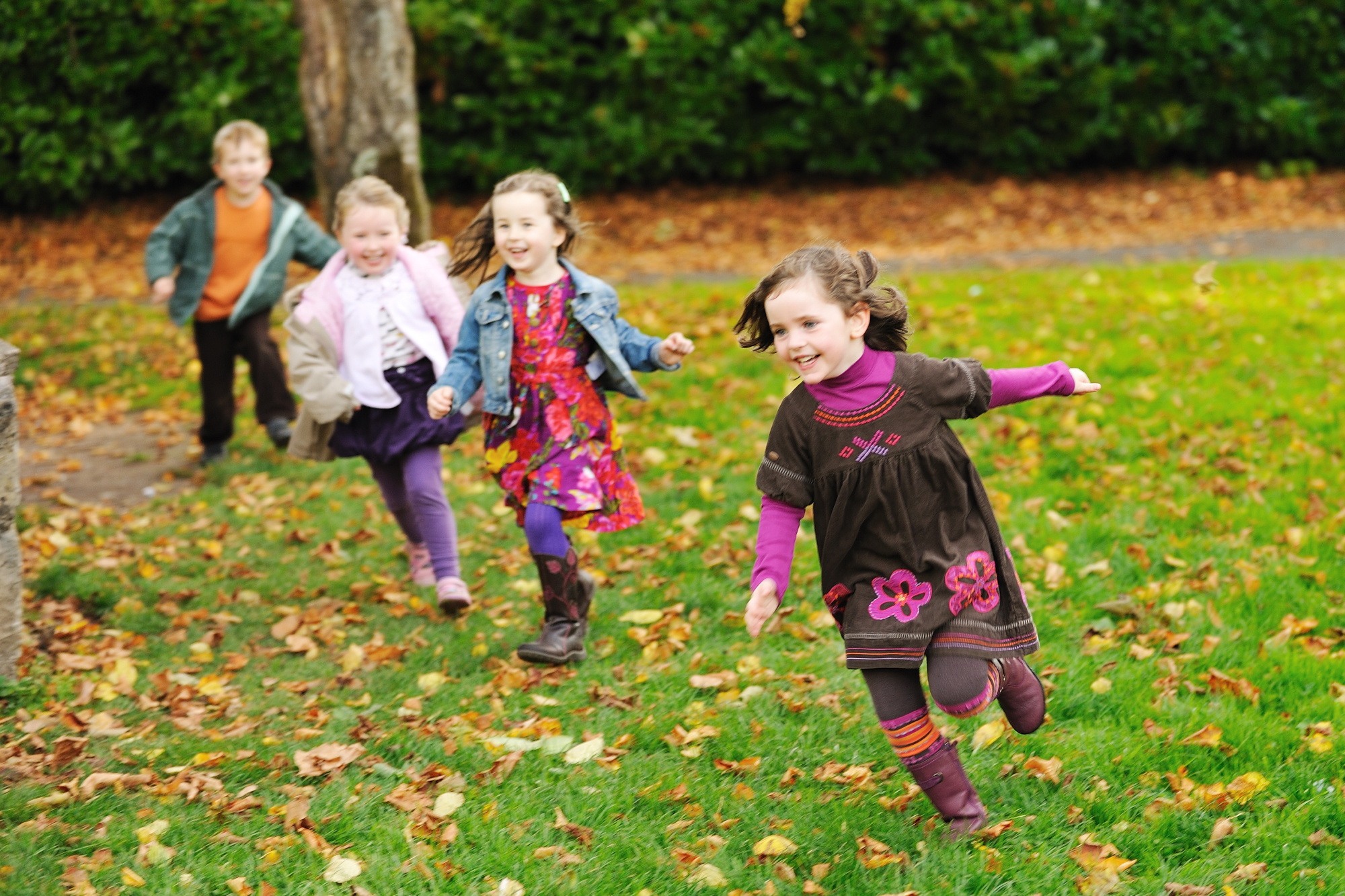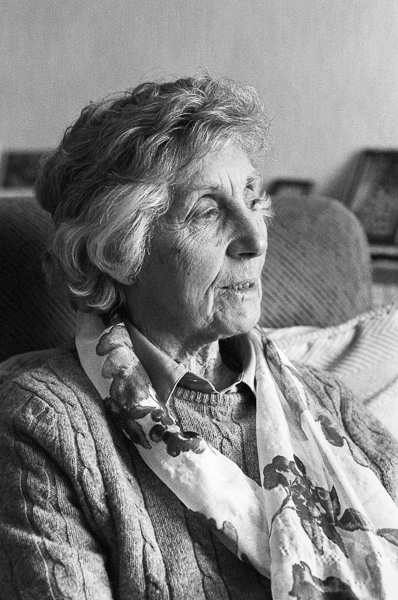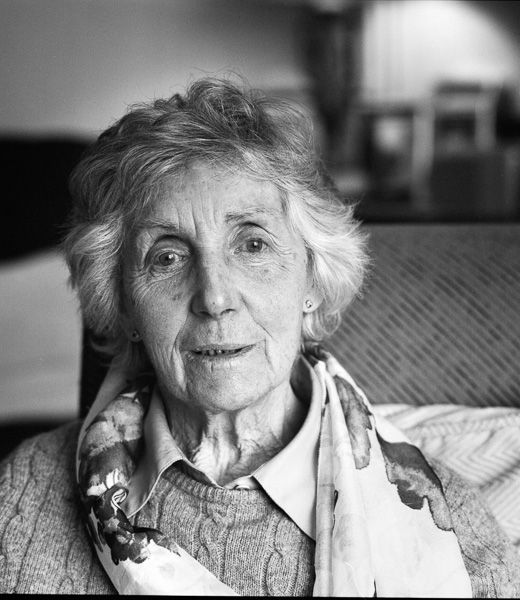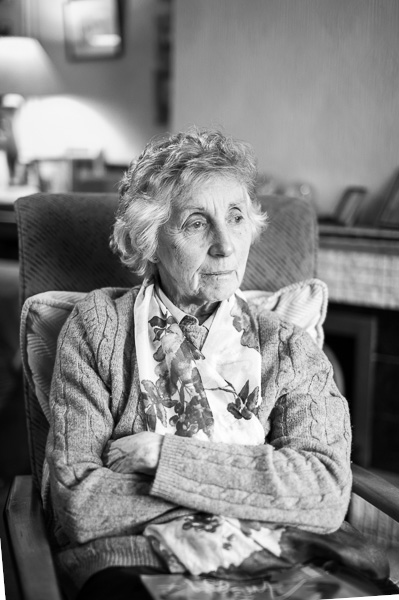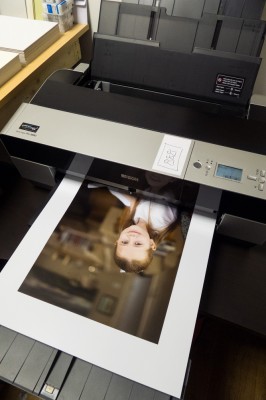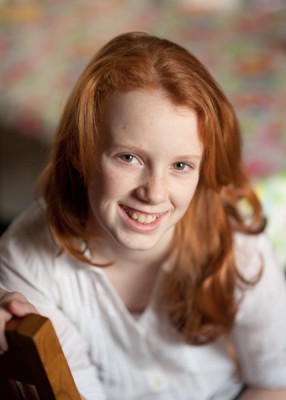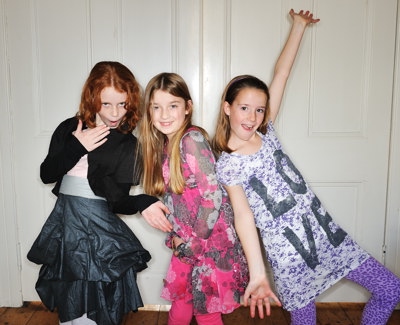So where are we after all these pictures of Nana?
Well we’ve some lovely images here and personally it was well worth getting these taken. She’s someone who I’ve found difficult to capture in an image and now I feel I have something that starts to do her justice.
However this was also a series of experiments in photography as well as an excuse to photograph Nana.
I’m definitely liking the medium format thing:
- I really like shooting with the longer focal length lens (for the same distance to subject) and the look and feel it creates in a portrait.
- I kinda like the ultra-slow consideration that’s forced by 12 shots. It’s very different and for the right subject works very well. I need to not rush through them and forget the tendancy for continuous shooting. If I talk more and shoot less without putting pressure to click every few minutes I might get more variation from my 12 and more keepers.
- I really like the interaction not being stuck behind the finder.
- I don’t however love it so much I’m going to drop €20k on Medium Format digital. If I had the client base for more of this I might consider it.
My 35mm digital working is much more dynamic. It allows much more freedom to shoot and it suits the way I work with kids much more. It has less advantages for more static subjects like this but:
- Working on the tripod with the release got better this time and is something that I will definitely bring into more of my commercial portrait and profile sessions. In fact I’ve already shot one almost entirely from the tripod.
35mm Film presents very little extra to add to the way I work at this stage. It’s has only two things going for it and these aren’t going to be enough to offset the cost and advantage of Full Frame digital:
- It ‘slightly’ slows you down and makes you think a bit more before shooting duplicate images. But you could force yourself to work this way equally with digital.
- That film looks is really nice – and it hides lots of technical issues that become distracting in high-definition digital. But the hassle and expense of processing 35mm black and white film and the ability to do this digitally (albeit not as easy or consistently) doesn’t make this worth while apart from the sheer fun of it.
- I have to give up part of the workflow: I am at the mercy of the lab unless I take the time to process my own film. The amount of crap and scratches on the negs of all the films was quite astonishing. In fairness this is probably a function of the amount of film being processed but this was also a feature in my previous use of film. It was less of an issue with the 120 as the negs are that much larger but it killed off a few images on 35mm completely.
So it’s easy to see why 35mm film is pretty much a craft market these days. It’s lovely to work in but lacks a strong case for sticking with it.
The assumption here though is that you can afford to kit yourself out with 35mm Full Frame DSLR kit. If you’re shooting a crop sensor or even a compact with a smaller sensor and you want that ’50mmf1.4′ look then in fact a film SLR and a 50mm lens may be your most cost effective way of starting out. It might be enough to help you understand if this is going to be useful before forking out and extra few grand on a Full-Frame DSLR.
I’ve learned something about shooting portraits. I have some new techniques that are now good enough to use commercially (and can still improve).
I’m not sure I’ll be using 120 film in my commercial work but I will be ordering some more film for a few more personal shoots.
The fun of spending time with Nana, shooting with all those cameras and the feedback on the images was definitely worthwhile.
